 |
Practically every form of precipitation in Mother Nature’s arsenal was being thrown our way. White-out conditions gave way to freezing rain, then fog, a little sun, then more snow. The Navajo had reopened the roads just weeks before our departure, with words of caution that the weather might close them again any day. With optimistic fingers crossed, we pressed on under breathtaking skies expecting to encounter the unexpected.
A belly full of omlette-in-a-bag, we began our introduction to the Tséyi’ (Canyon de Chelly) region with a crisp morning hike down to the Three Turkey ruin. The somewhat difficult access to the site preserves the small cliff dwelling in pristine condition for the few adventurers able to make the climb.
 |
Following the climb, a relaxing afternoon drive winding through the rugged Navajo backcountry brought us to the ancient multi-colored graffiti of Painted Cave. Handprints and pictographs depict the history of the many Navajo who once called this settlement home.
 |
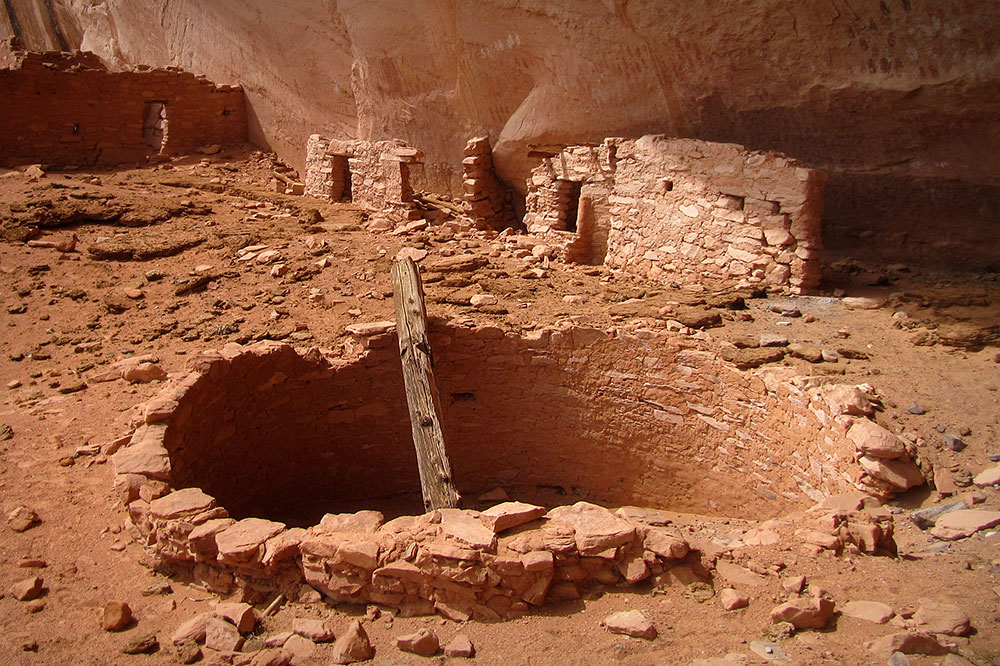 |
 |
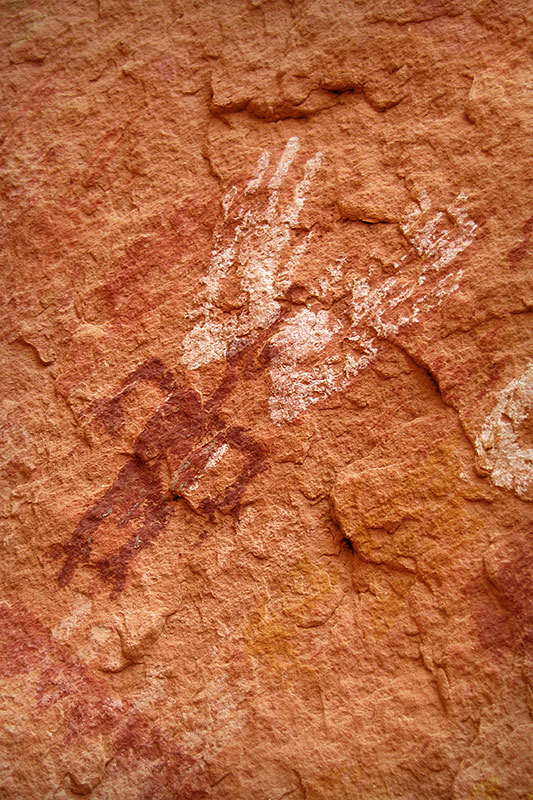 |
Daniel, our guide for this leg of the journey, led us to his aunt Winnie’s hogan for a demonstration on Navajo weaving. The techniques and tools used to produce the rugs create an impressively tight fabric which is far more durable than modern machine-made versions.
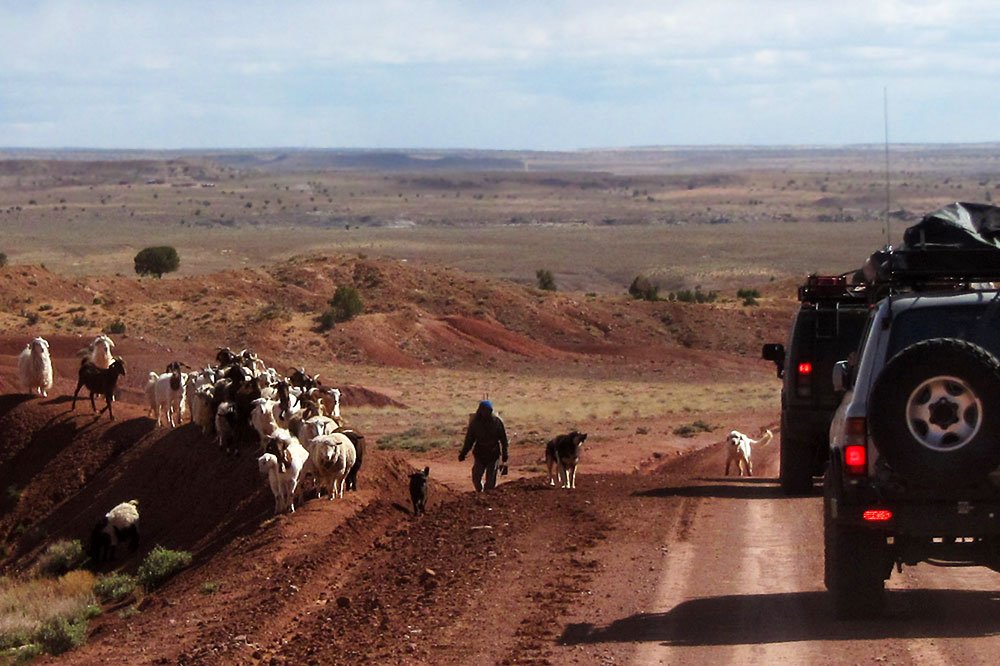 |
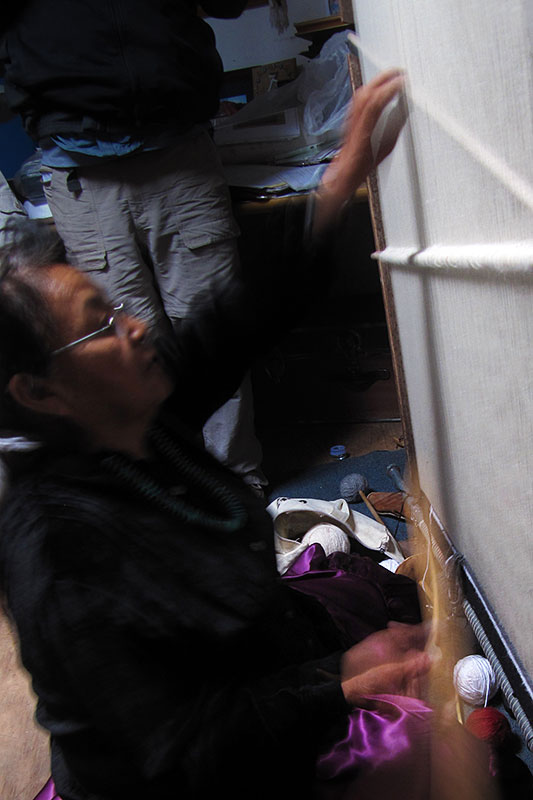 |
Leaving Winnie’s hogan, Daniel informed the group that he had a surprise in store for us. Due to the harsh second winter the floodgates of Tsaile Lake had to be left open, keeping the water level too high for vehicle access in the canyon. Instead of our planned campsite, Daniel brought us to the edge of the slickrock overlooking Spider Rock… and by edge, I do mean edge.
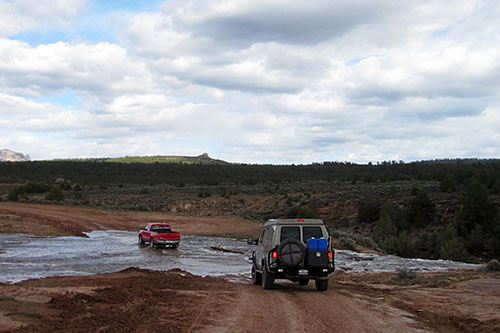 |
 |
 |
|
The first rays of the rising sun brought with them the scent of Frank’s Fresh French Toast—why is it we seem to eat better on the trail than we do at home? With the canyon floor still flooded, a rim-top tour of Standing Cow, the Spanish Invasion, and the Navajo Fortress followed, binoculars and long lenses were key.
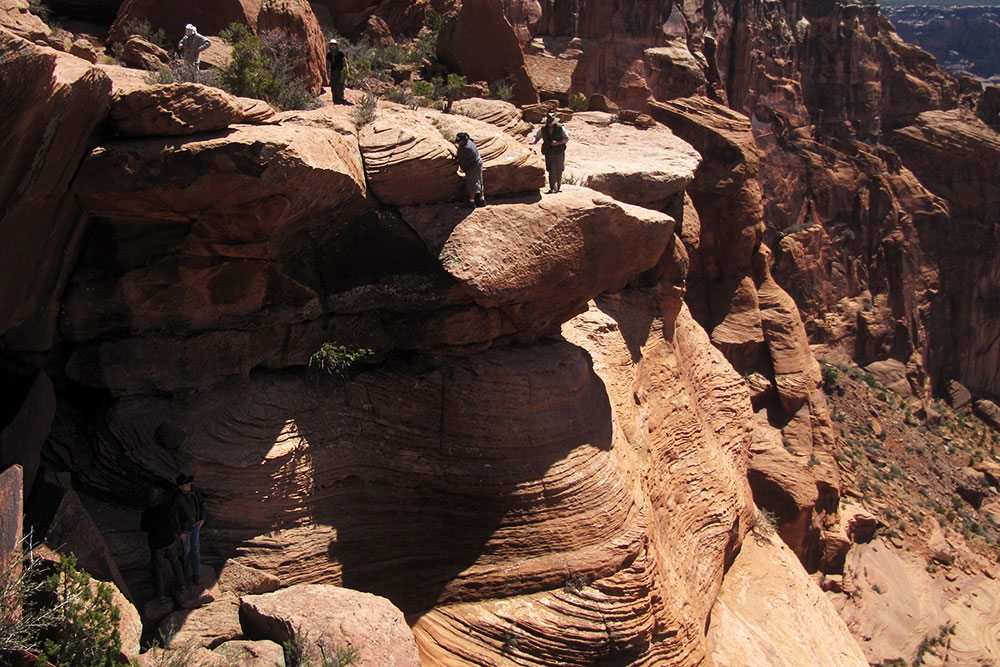 |
 |
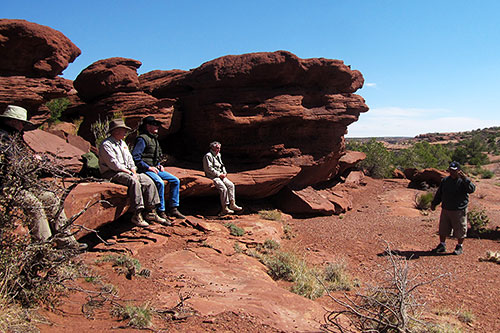 |
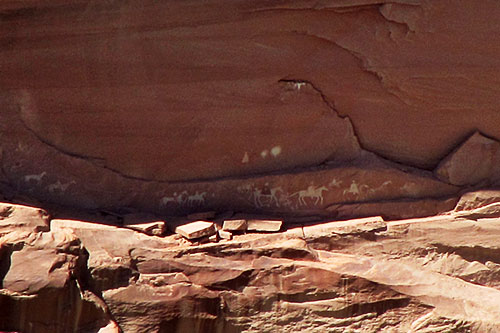 |
Back at our own cliff dwelling, Daniel regaled us with the legends, stories, and songs of his people.

A late start the next morning set us on a spirited but beautiful drive through the still snow-covered Lukachukai mountains. Arriving hours later than intended we managed to track down our next guide, a surprisingly difficult task in the tiny village, just in time to set up camp at the foot of the mountain. Amends were made in traditional overlander form—the sharing of campfire and dinner.
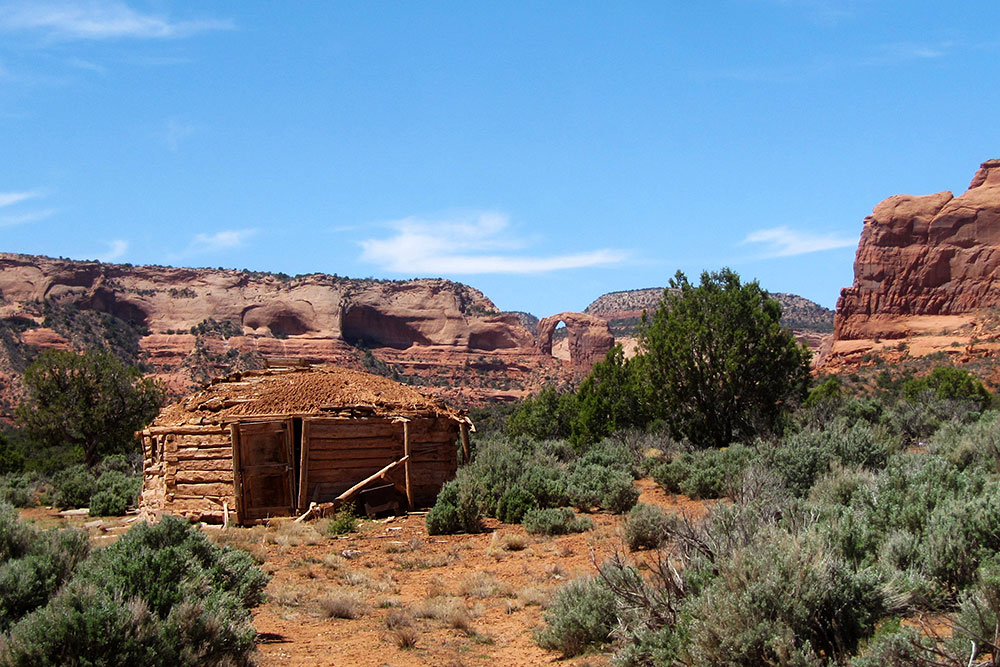 |
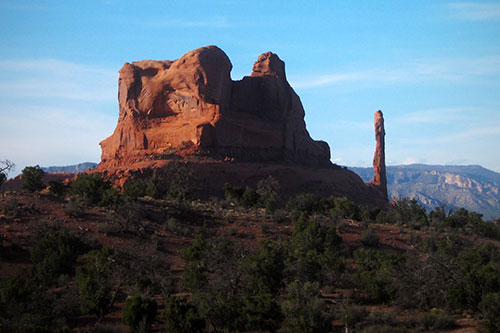 |
 |
A twenty-mile hike in search of ruins started with Window Rock, a massive natural arch standing watch over the surrounding valley. The trail winds it’s way through dense fields of sage, which the Navajo boil to make a medicinal tea. Crushed up (with our guide’s blessing, of course), I find it also clears up the sinuses better than any over-the-counter pill. Wild horses eye us with caution as we clamber our way up to the ruins. Unfortunately, very little of the structures remain, and we retreated back to the comfort of our campfire hopeful for better luck tomorrow…
 |
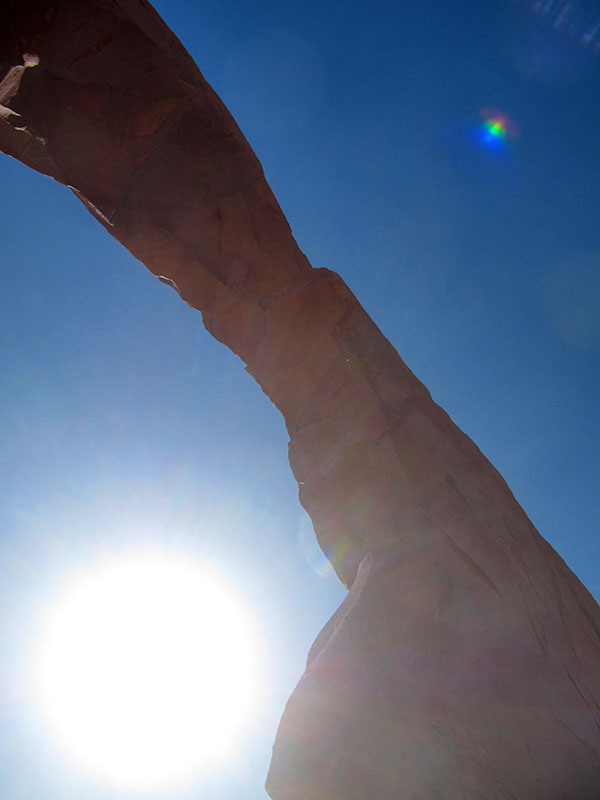 |
 |
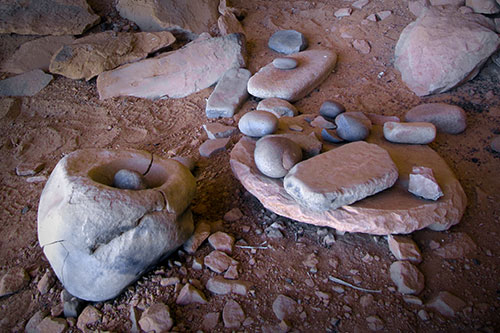 |
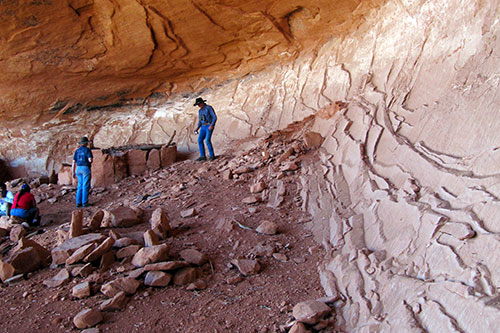 |
Click here to continue reading with read part two of Weather & Ruins: Navajo Nation »
Chazz Layne is an adventurer, designer, and photographer based in Prescott, Arizona. Since early childhood he’s had a passion for travel and exploration, a passion which continues to fuel both his creativity and modern nomadic lifestyle. In addition to his work in design and photography, Chazz is a regular contributor to Expedition Portal and Overland Journal. You can connect with Chazz or learn more about his activities at chazzlayne.com.


